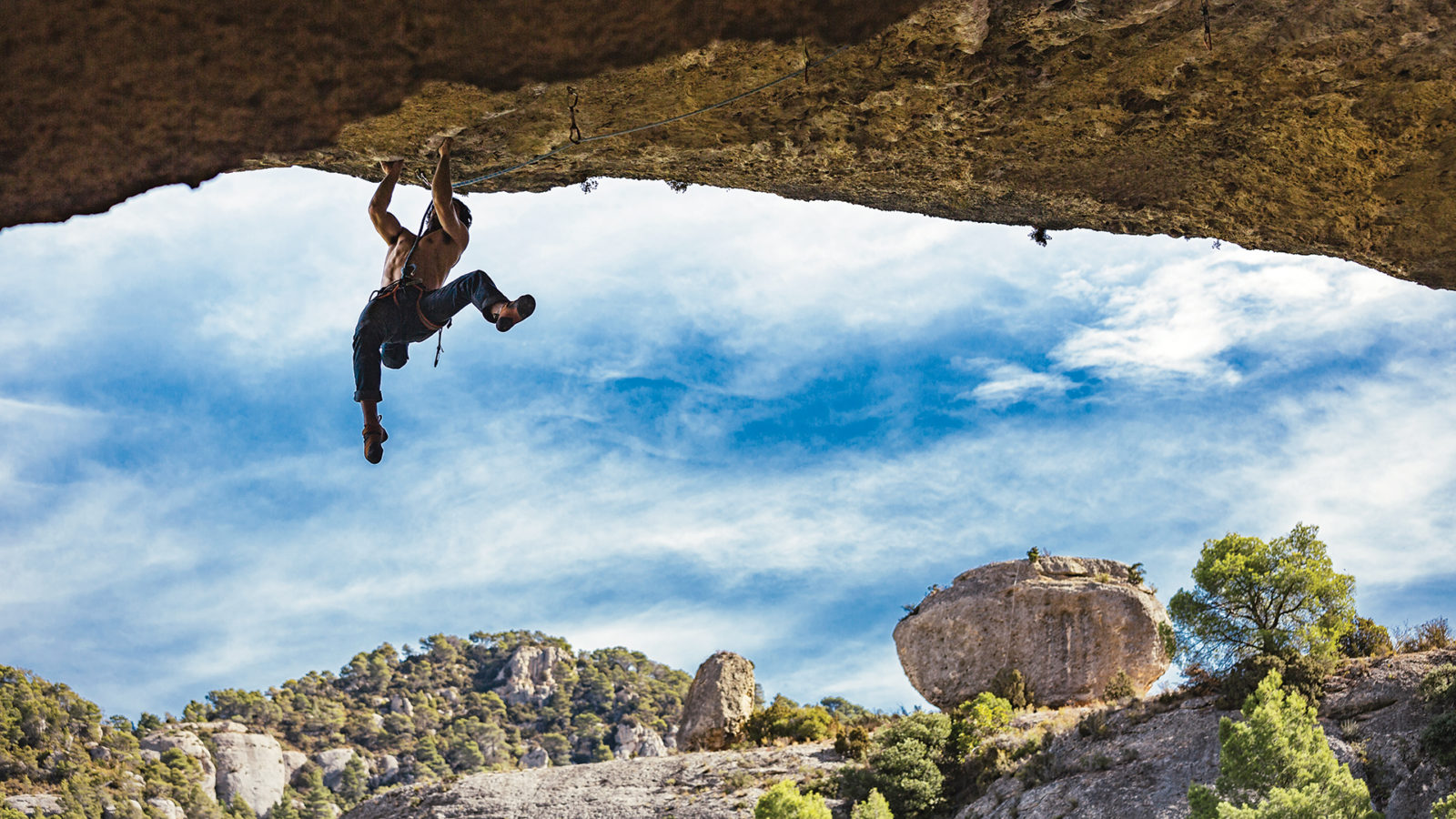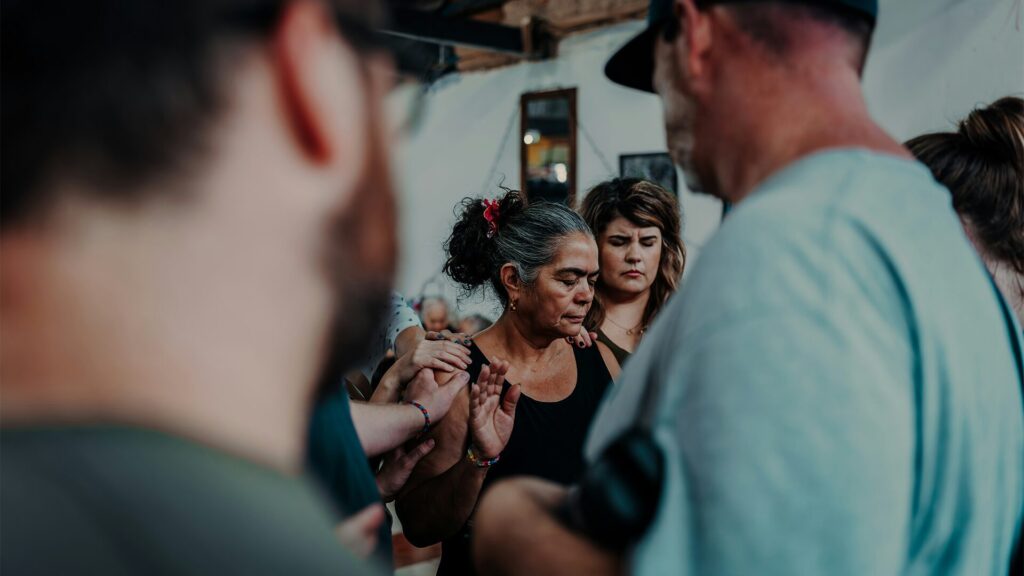Our world is a hostile environment for disciples of Jesus Christ. Religion is on the rise but the patterns are complex. The global south—the developing nations of Africa, Asia, Central and South America, and some of the nations of the Pacific—are experiencing an aggressive expansion of Christianity, often demanding and in tension with other world religions. By contrast, the global north societies of Europe, North America, Australia and New Zealand—once shaped by Christian faith—are now largely post-Christian, with caustic, corrosive cultures that undermine faith and commitment.
To survive and thrive in such environments, Mark Sayers, author of Disappearing Church, concludes, “We need extremophile disciples—disciples who are resilient.” Extremophiles—from the Latin extremus, “extreme” and the Greek philia, “love”—are life forms that thrive in physical or geochemical conditions detrimental to most others.
Early Christians were extremophiles
With everything against them, early believers not only survived but thrived. They followed the Spirit in replicating and expanding the disciple-making ministry of Jesus, cultivating a counter-cultural movement of church-planting in the most extreme conditions. What Jesus did on earth—as recorded in the gospels—was continued from heaven through His Spirit-filled disciples, as outlined in Acts.
It is challenging and disturbing, compelling us to consider the impact Jesus’ methods might have if implemented today. Their experiences speak to our circumstances and issues, reshaping and transforming our concept of mission, inspiring and cultivating the resilience needed today.
Their world and ours
While vastly different, there are surprising correlations between the Graeco-Roman world of the first centuries and our mission environments.
As with an a la carte menu, in the New Testament world there were many gods and combinations from which to choose. Gods for lovers, poets, bakers, farmers, travellers; gods to guard doorways and gods of the beehive; gods of war, fire, the underworld and the dead; gods of the home and healing. In farmhouses, small urban flats and luxury homes, space was devoted to these deities. Temples were integral to culture, art and civic pride—even attracting tourists. Today there is also a proliferation of spirituality. Temples, shrines and sacred objects adorn cities, homes and gardens in the global south and north, with rituals celebrated in forest and mountain grottos. Few in our communities are devoid of spirituality. We can learn from the witness of early believers. They adapted Jesus’ methods of disciple-making to their secular but spirituality-soaked world.
Syncretism and pluralism
The early church shared Jesus in a world of nymphs, gods, spirits and demons. Luke tells fascinating stories of the supernatural, even a bonfire of magical texts and paraphernalia—with an estimated value of 50,000 pieces of silver (Acts 19:19)—lit by Christian believers. “Such a colossal figure implies a large number of Ephesian believers with an enormous investment in the dark arts.”1 The presence of diviners, exorcists and practitioners of magic is not unfamiliar to us. New Age and neo-pagan spirituality is sold with good coffee and healthy food in the global north and south. Luke’s record in Acts speaks to our syncretistic context. The proliferation of movies and TV shows with supernatural themes, and fascination with spiritual realms, would not have surprised early Christians. [pullquote]
Schism in the church
The early church wrestled with the evils of racism, nationalism, tribalism, sexism, religious taboos and fundamentalism—each threatening to devastate its unity. Even within church communities, migration creates challenges rarely discussed. As churches in the global north welcome Christians migrating from the south, rejoicing that they no longer face extinction and that their buildings are attracting people again, tensions are never far away. Conflicts arise over ways of life, diverse social expectations, cultural understandings, traditions, demands, taboos, worship practices and theological perspectives.
In the north and south, local churches, denominations, theology and ecclesiological agendas are shaped and reshaped by vastly different traditions and differing social, gender and community expectations. The threats of schism in Acts speak directly to some of these issues. Like us, the early church wrestled with purity laws, gender equality, sexual diversity, food offered to idols, holy days and festivals, racial and tribal tensions, inclusion and exclusion.
It was “what Jesus started”
Even with His promise—“You will receive power when the Holy Spirit comes on you”—the vision Jesus cast for His followers was daunting: “You will be my witnesses in Jerusalem, and in all Judea and Samaria, and to the ends of the earth” (Acts 1:8). It seemed impossible, as it does still today.
However, Jesus prepared His disciples for this task, demonstrating reproducible processes. Then, on the evening of resurrection day, He said, “As the Father has sent me, I am sending you” (John 20:21). Days later, on a mountain in Galilee, He commissioned them: “Go and make disciples of all nations” (Matthew 28:19).
In Acts, Luke selects experiences to illustrate the obedience of early believers to Jesus’ commission, demonstrating that their message and methods were shaped by Jesus’ life, disciple-making and movement-building.
Chapter 29
Like Luke’s gospel, Acts has no formal conclusion. There is another chapter to be written—Chapter 29. This is not a call to return to an imagined glorious past. There can be no retreat. We are to move forward. Disciple-making is now to be done in tough pagan, post-Christian and next-Christendom environments. This is where Jesus has called us! A new chapter is needed. Digging into Acts and exploring Jesus’ continuing mission will shape and cultivate the resilience needed for us to write the next chapter—Acts “29”.
Adapted from Following the Spirit: Disciple-making, Church-planting and Movement-building Today, by author and church planting practitioner Dr Peter Roennfeldt.






